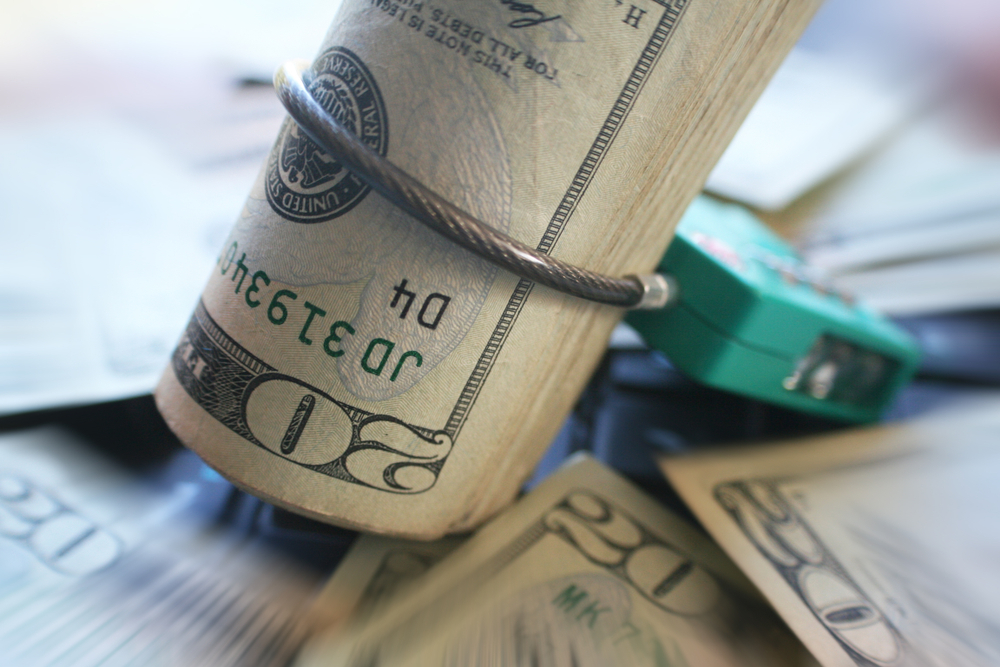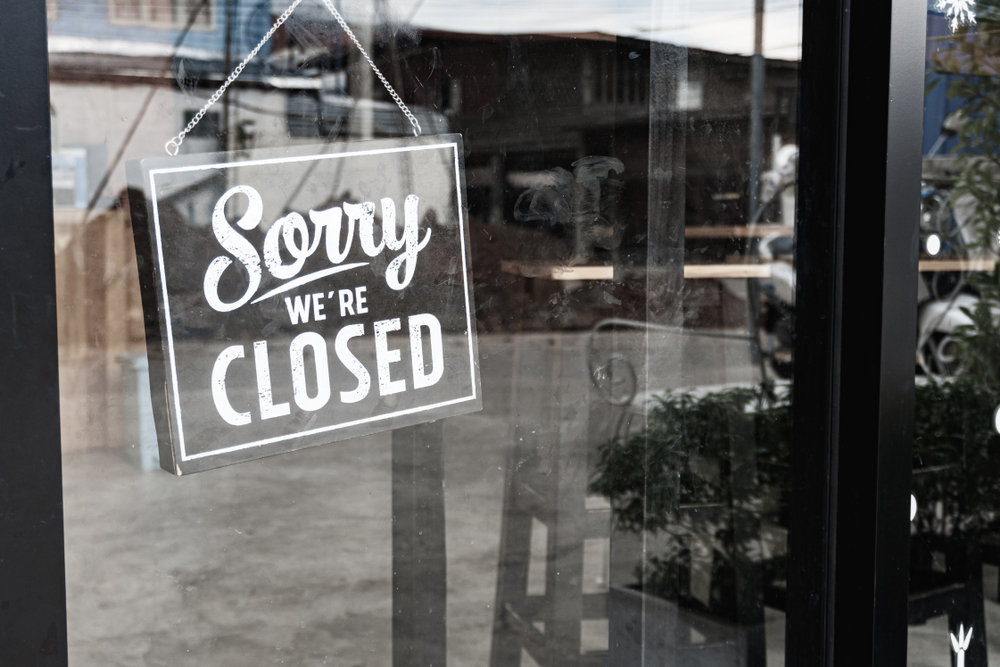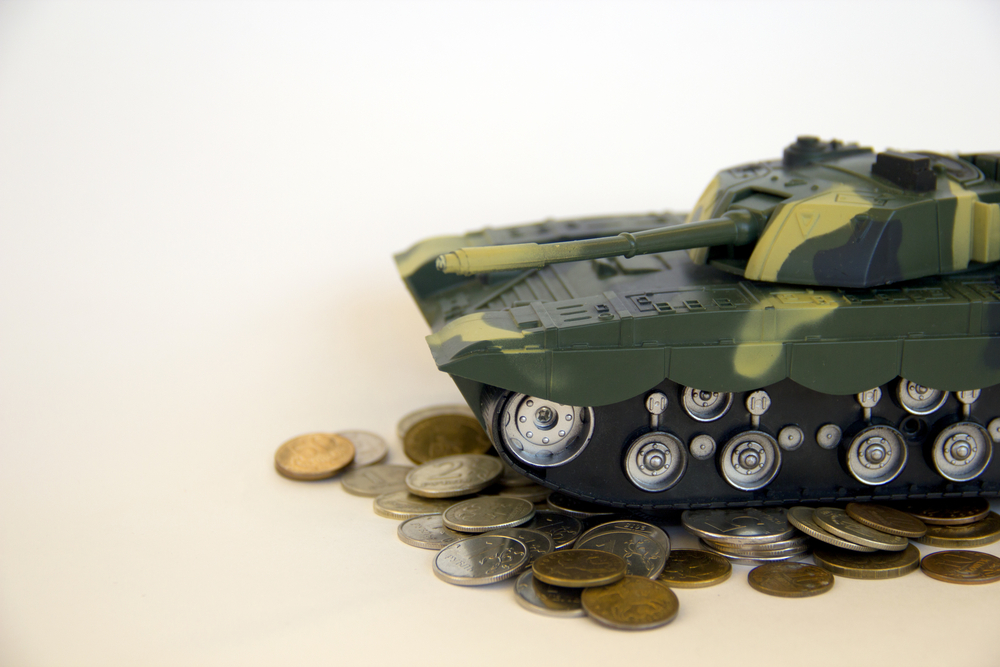Search Results for: fed
A Tidal Wave of Bankruptcies Could Sink the Stock Market
Thousands of American companies are sliding towards bankruptcy. Many of them are publicly traded companies.
The Federal Reserve’s buying some failing companies’ bonds in an effort to keep them alive.
It’s not going to work.
The coming tidal wave of bankruptcies will overwhelm the Fed’s rescue efforts and could sink the stock market.
The Smartest Way to Protect Your Money
This mess will come crashing down. So here is the very best way to get ahead of whatever is to come.
Looking at Earnings, So Far, Things Don’t Look That Good
Can we talk, about earnings? Let’s.
But, first, listen to what Randall W. Forsyth said to open his column titled Up and Down Wall Street this Saturday in Barron’s. He said, “The good news is the bad news can’t get worse.”
Sadly, it can. That includes earnings.
With more than 90% of S&P 500 companies reporting last week, quarterly earnings look like they’ll be down 13.8% from Q1 2019.
Maybe that’s why markets sold off last week.
The Dow lost 645.90 points on the week, closing down 2.7% at 23,685.42. The S&P 500 closed the week down 2.3%, its worst week since March 20. And the Nasdaq composite closed the week down 1.2%.
What’s interesting, in hindsight, which I’ll get to in a second, is that the Dow dropped 1,083.32 over the first three days of the week, closing Wednesday at 23,247.97, down 516.81, or 2.17% that day.
The hindsight here comes to us courtesy of Sunday’s 60 Minutes show. The big-deal guest interview yesterday was with Jerome Powell, Chairman of the Federal Reserve. Only, Jerome wasn’t on live yesterday. The show was taped from the Fed’s Washington D.C. headquarters on Wednesday, after the Dow dropped more than 1,000 points over the first three days of trading last week.
It’s not normal for the Fed chairman to grant an interview to 60 Minutes, especially in the middle of a crisis. Did the Chairman offer 60 Minutes the interview? Maybe. Because if markets were to continue getting hit Thursday and Friday, they’d be in bad shape come Monday morning, today, and a further route would be entirely possible.
So, why not tee-up an interview on Wednesday to hedge your bets come Monday.
Banks Are the Economy’s and the Market’s Bellwether: How to Read Them and Play Them
To make money in the stock market investors need to know how bad the recession’s going to be and how the market’s going to react to economic conditions.
One surefire way to gauge what’s going on in the economy and gauge what the market thinks about economic prospects, as well as divine the market’s direction, is by watching bank stocks.
Banks are a bellwether for the economy and the market.
Here’s why banks are a good economic indicator, how to read them, and how to play them…
The One Thing Americans Fear
What happens when people don’t have skills, don’t have savings and don’t invest in their health because pill-popping is all you need?
Investors Open Up Their Wallets as the Economy Opens Up: But V Isn’t the Only Letter in the Alphabet
What a week equity investors had.
The Dow Jones Industrials rose a robust 2.56% last week. The S&P 500 rose a resounding 3.4%. And the never-not-leading Nasdaq Composite skyrocketed 6% higher.
That’s what I call getting it while you can, which is what I advised investors do last week.
While markets look crazy soaring every week, initial unemployment claims rise by an average of 4,100,000 per week; and benchmarks shot even higher last week as the Bureau of Labor Statistics reported 20.5 million jobs were lost in April and the nation’s unemployment rate leapt to 14.7% (wink, wink, BLS admitted it’s likely 5 percentage points higher, but seasonal and other haircutting, face-saving, adjustments wouldn’t let that headline fly), they may be right to pat themselves on the back.
That’s because the “V-shaped” recovery investors expect is self-fulfilling. I’m not talking about the economy’s recovery. I’m talking about the market’s recovery. It’s V-shaped, for sure
Call it confirmation bias.
As investors see more bad news, they see it getting closer to being the worst its going to get and that means we’re closer to turning around and that means buy, buy, buy. They see the economy opening as confirmation we’re on the other side of lockdowns, and stores and businesses opening as a reason to buy, buy, buy. Everything bad to do with the pandemic is behind us is what optimistic investors believe.
That’s confirmation bias in action.
That’s why the market’s experienced a V-shaped recovery.
More importantly, they say better than expected earnings keeps confirming their biases.
Look Out Below: The Mortgage Market Is About to Revisit 2008 Crisis Woes
If you thought the worst of the financial crisis was way behind us, you’re about to get a rude awakening.
Mortgage Massacre 2.0 is right around the corner.
Where All the Money’s Going in the Market Is Where You Should be Going Too
According to the Investment Company institute (ICI), year-to-date, investors have taken some $291 billion out of mutual funds and exchange traded funds.
But that’s not the whole story.
The ICI’s numbers represent net flows, meaning there were inflows, but they were dwarfed by outflows.
The story isn’t about net outflows, it’s about where the money went that flowed into the market.
Here’s where most of the money went and why you should follow it…
Mailbag: Don’t Forget to Live
Sorry, friend, but the news is true. This life of ours will kill us. But that shouldn’t stop us from living…






